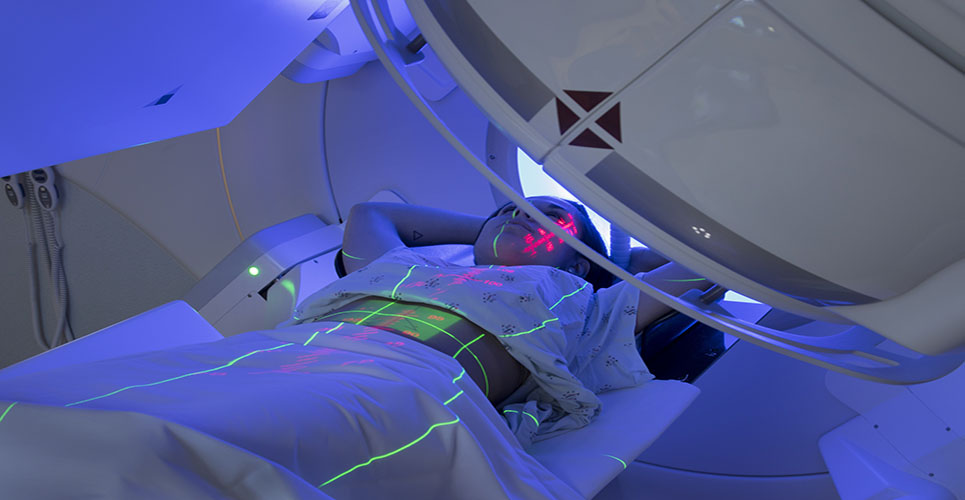teaser
Ray Fitzpatrick,
Consultant Editor
Medicine has long been considered as much an art as it is a science. Despite the vast array of diagnostic tests available to today’s doctors, correct differential diagnosis still requires considerable individual clinical skills. Sadly, errors of judgement do occur, sometimes resulting in high-profile cases of misdiagnosis. Treatment of disease, on the other hand, has become more protocol-driven, based on sound scientific evidence derived from randomised controlled trials. Perhaps because of the devastating effects a diagnosis of cancer can have on individual lives, and the emotive nature of the disease, treatment of cancer now seems to be the subject of more intensive research than any other disease we see in the hospital. Many patients being treated for cancer in hospital will be part of a multicentre clinical trial, in the quest to improve survival or quality of life. The ECCO 13 conference previewed in this edition will no doubt showcase new approaches to treatments, and judging by the prestigious line-up of keynote speakers, delegates will leave with improved knowledge, which will support a scientific approach to treatment. The article on recent advances in radioimmunotherapy in the treatment of non-Hodgkin’s lymphoma is a perfect example of how science is applied to cancer treatment. The article on new strategies for multiple myeloma also shows how underpinning science supports the application of new and old medicines to treat difficult cancers. Treating cancer invariably requires medicines, whether as the main treatment or as adjuvant therapy following surgery or radiotherapy. Furthermore, medicines have long been the mainstay of treatment of side-effects of cancer treatments such as nausea and vomiting, but, as demonstrated in the article on anaemia management, they are also being used in place of traditional therapies. This combination of science and medicines is exactly what pharmacists have been trained for, so it is not surprising that it is in the treatment of cancer that the breadth and depth of the pharmacist’s skills can be demonstrated. The article on the day in the life of an oncology pharmacist demonstrates the extent of activities for pharmacists involved in the treatment of cancers. So, where can the pharmacists’ broad-based science skills complement the clinical skills of their medical colleagues?
- Aseptic dispensing is the new “Secundum Artem”, clearly a skill that is the domain of the pharmacist.
- Clinical skills are essential when developing pharmaceutical care plans for patients with multifactorial problems.
- Underpinning broad-based science knowledge is needed to understand and promote the concept of dose banding, an increasingly important process if we are to cope with an ever-increasing workload.
- Critical analysis and a good grasp of health economics are essential when reviewing potential new treatments, particularly in such a highly emotive subject as cancer treatment.
- Numeracy skills are required when directorate pharmacists analyse prescribing trends, particularly in high-cost specialties such as cancer services.
- Communication skills are vitally important when advising clinicians individually at ward level or in groups at directorate level on the most appropriate treatment, based on published evidence.
Most of these skills are applicable to any area of pharmacy practice. However, in the treatment of cancer, the need for medicines to be prepared safely in an aseptic environment inextricably links the pharmacist to the treatment process. The approach to treatment of all diseases, and cancer in particular, is becoming increasingly complex, as demonstrated in this edition. While we need to continue developing our clinical skills, we will increasingly draw upon our scientific knowledge as we practise in an ever more complex arena. Therefore, our broad-based scientific education is a unique characteristic of pharmacists, and a definite strength in today’s hospital pharmacy practice. This is a message our educators need to hear and take heed of.

